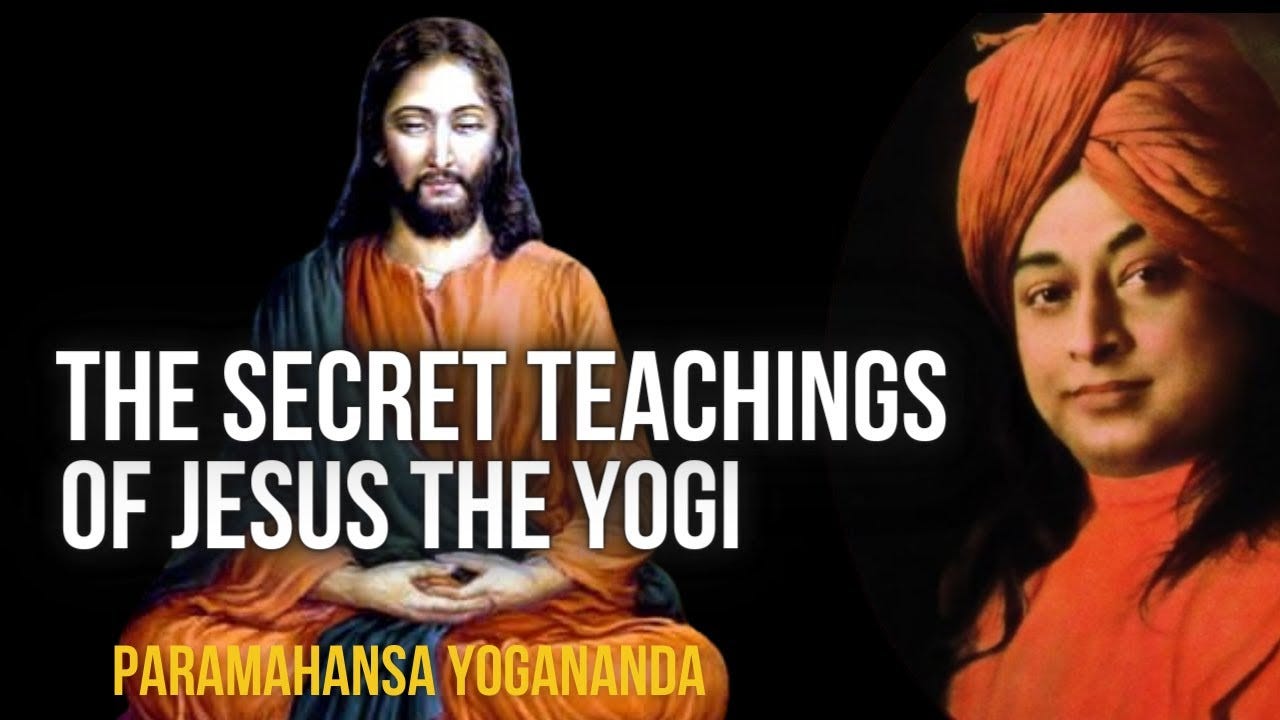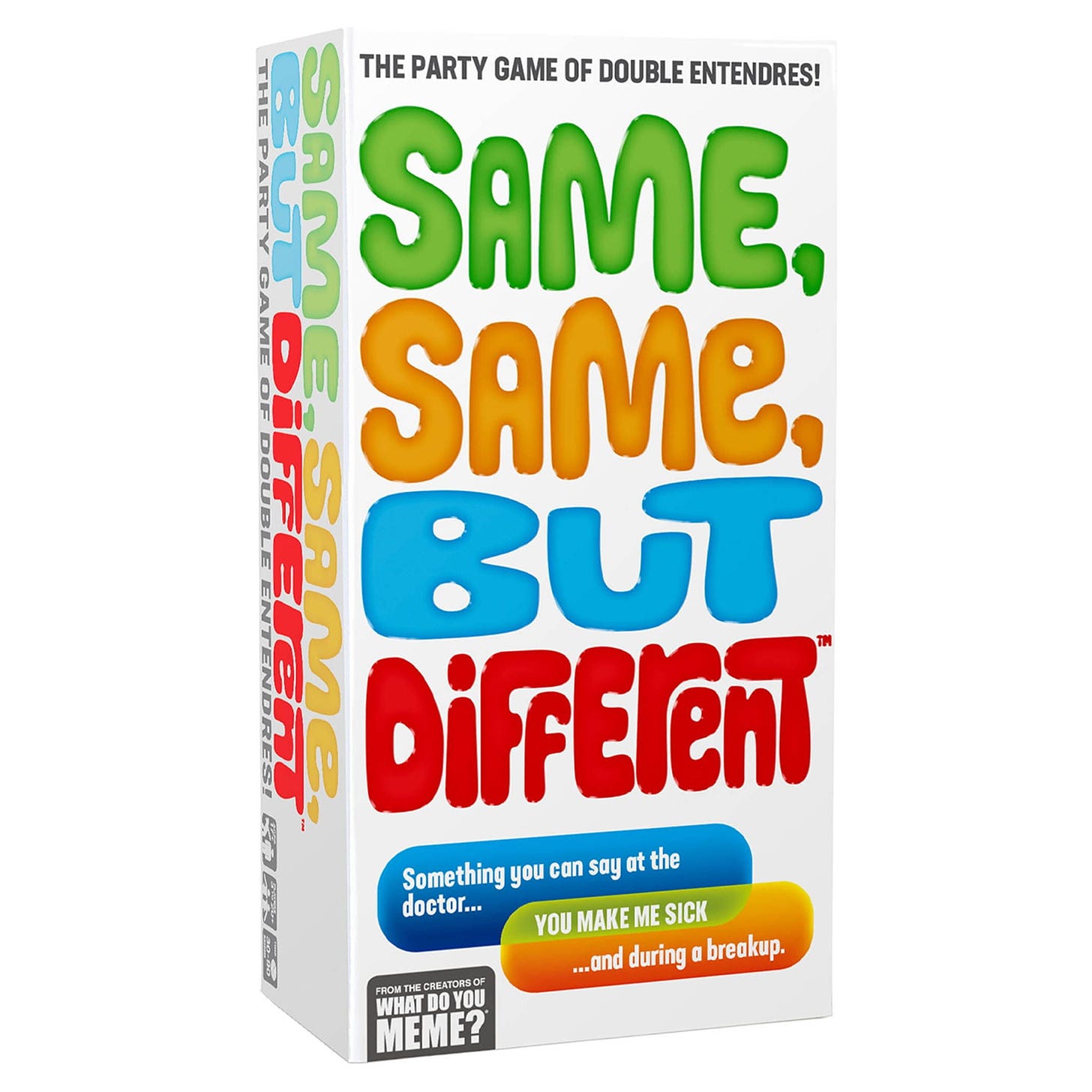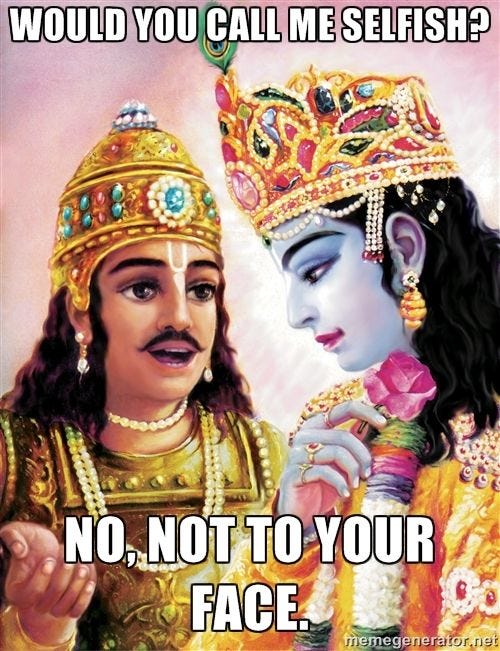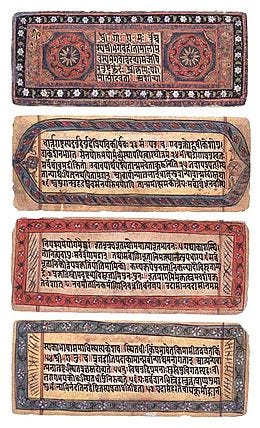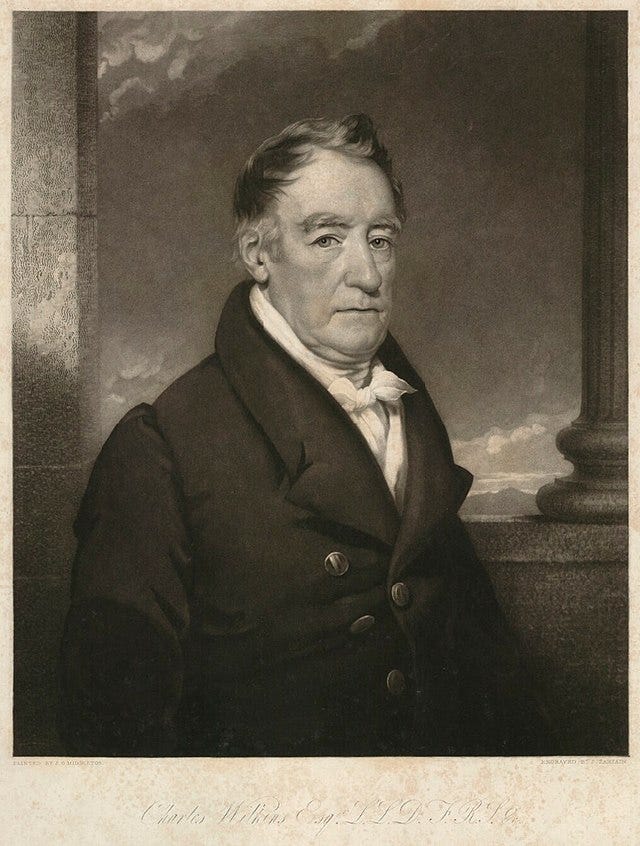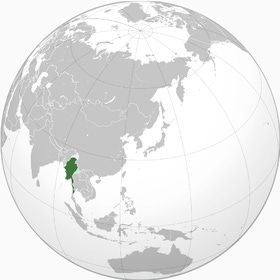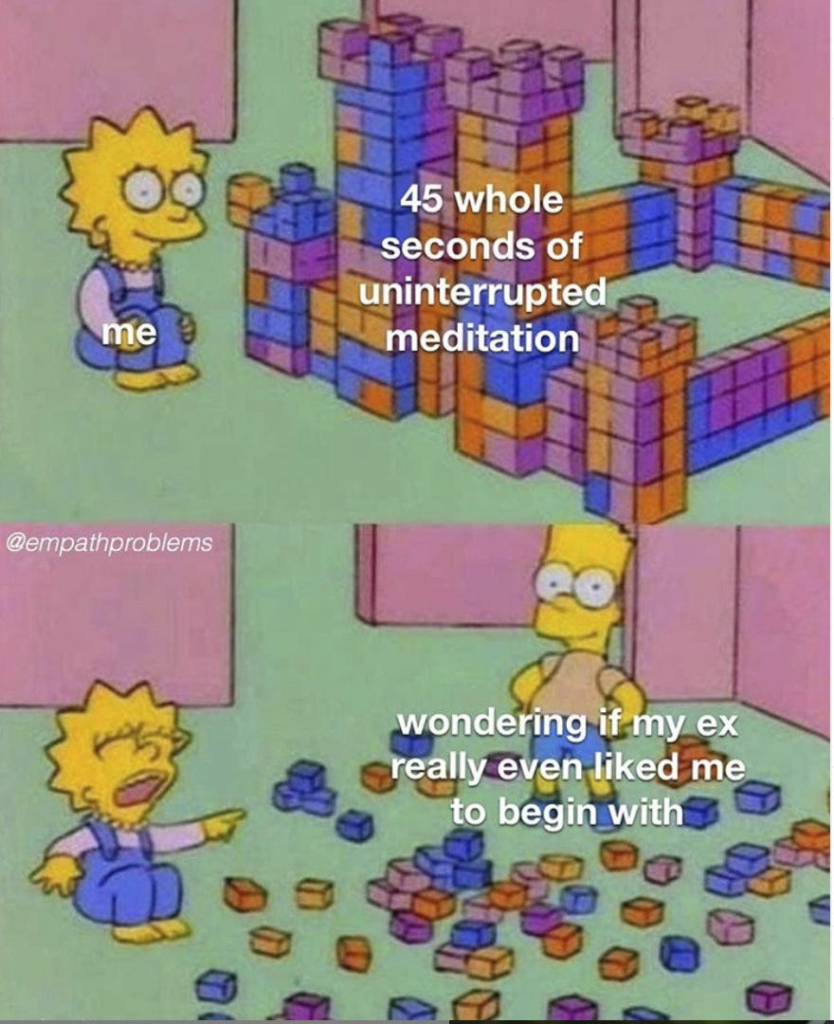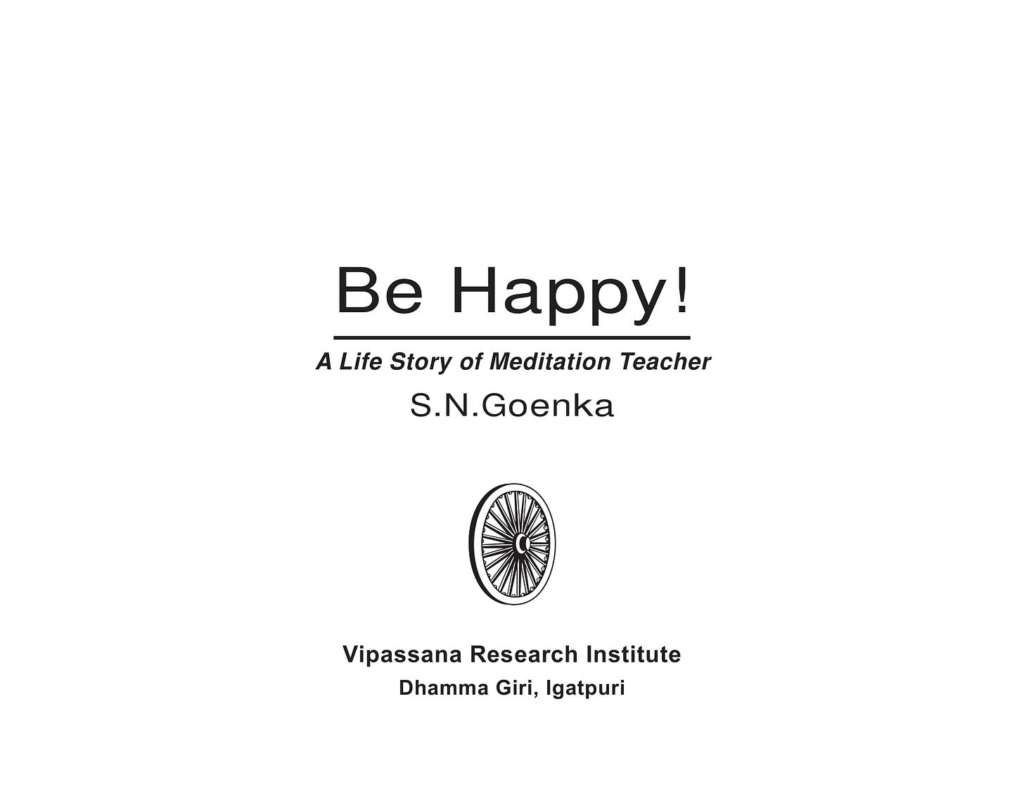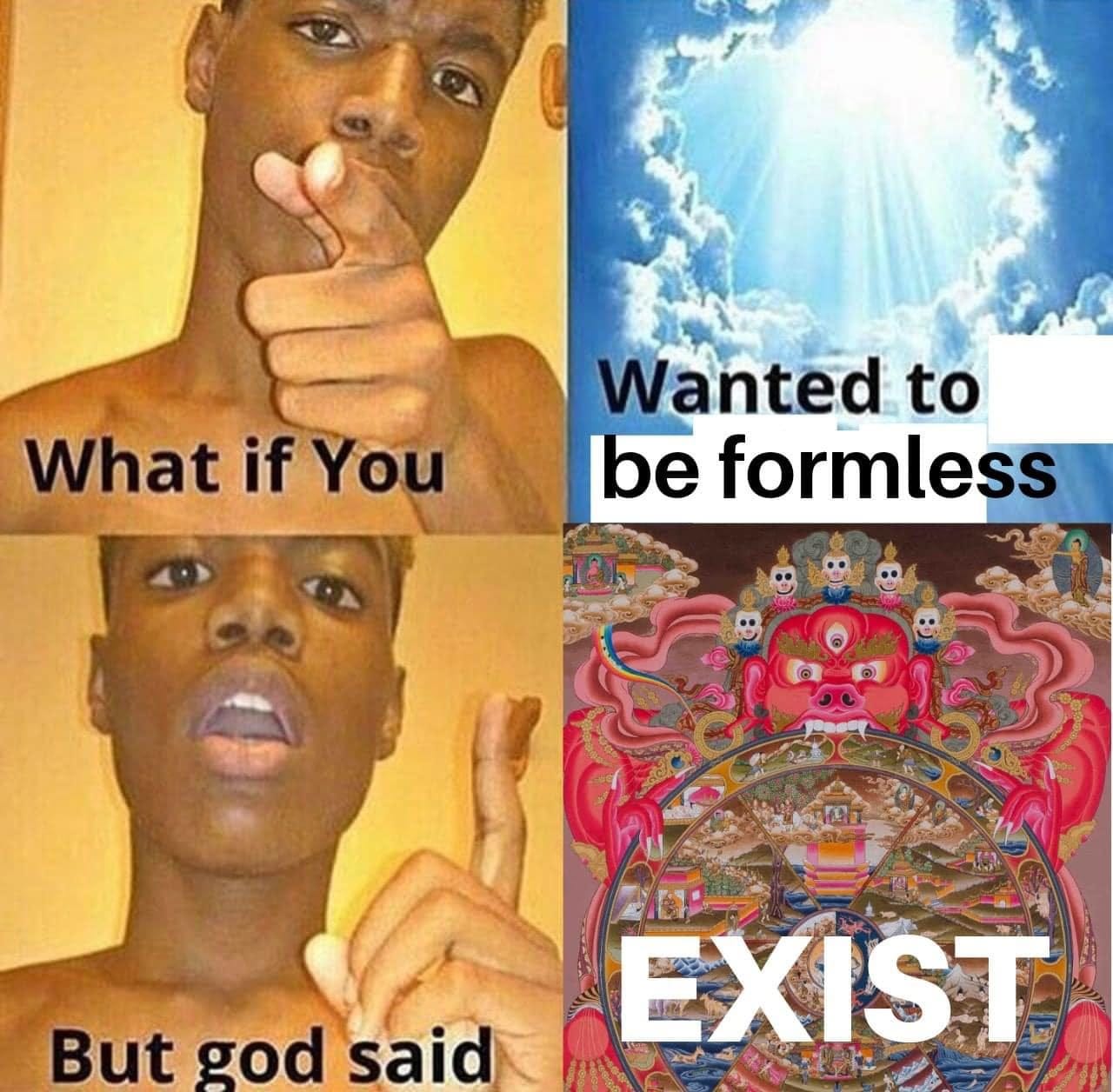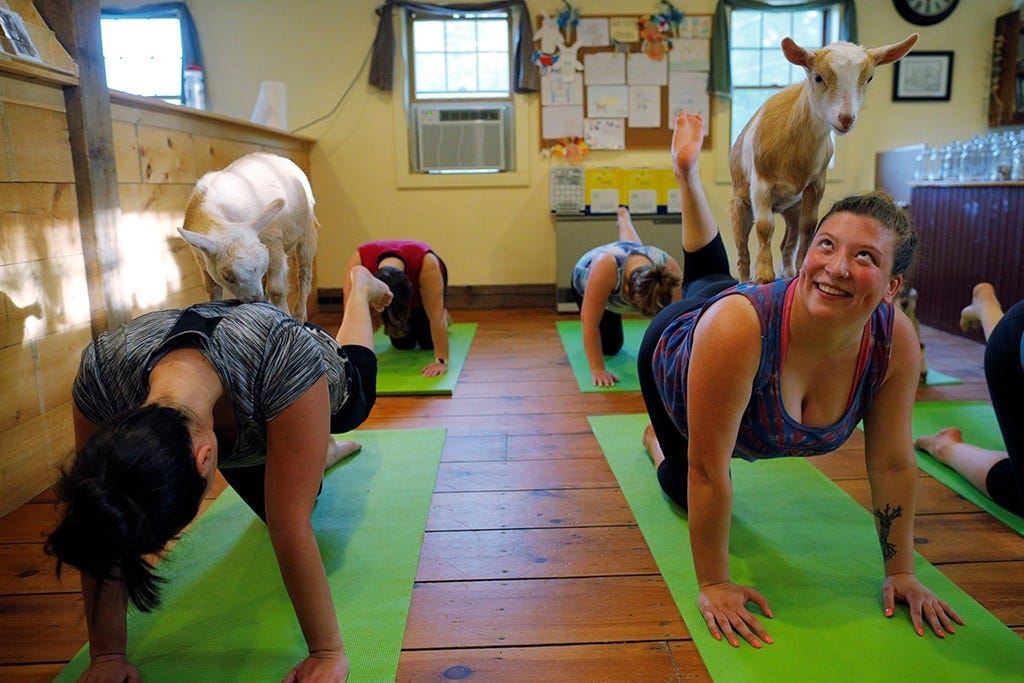It’s great to be able to Google and get important answers, like “Who is Bruno Latour?” or “What’s the beef between Elon Musk and Xandão?”, especially when you’re in a group and a curiosity comes up, someone pulls out the powerful weapon from their bag, unlocks it, types avidly “which is more caloric, honey or molasses?” and thus winners are made: those who guessed a hunch before the oracle even confirmed the answer, those who dared to say they know.
None of this is possible when you’re camping for 3 days straight without a signal. Many questions are born already dead, I’ve been experiencing this a lot on the trip. Usually, the doubts go to the limbo of unanswered questions where our ancestors lived.

Offline fun – hard to compete with screen dopamine
Every now and then I do a search when I return to the clouds of information data, but believe it or not, it’s still hard to find some answers on the internet.
If you Google about the origins of yoga, for example, you come across the “yoga sutra of patanjali”, a booklet of phrases (sutras) with hidden meanings like “The yoga posture should be firm and comfortable” or “Yoga is the cessation of the vicissitudes of the mind”. To really understand, it has to be read with separate comments (bhāṣya) or with the accompaniment of a teacher.
The Yoga Sutra of Patanjali is a very beautiful compilation that is worth being read and reread, but it does not specify the earlier schools that gave rise to these lines of deep thought. It describes more the mental and moral aspects of yoga and only mentions seated postures (asanas), it does not go into sequences, cleansings, breaths…
Hatha Yoga as we practice it today is best known for:
- Asanas (body postures)
- Pranayamas (breathing exercises)
- Bandhas (internal physical locks)
- Mudras (techniques to “seal” the body)
All to control and increase our mental and physical health or, as it was said a few centuries ago, to preserve the elixir of life, that is, to protect bindu or to elevate kundalini at the base of the spine.
It may seem like a bunch of random techniques with a weird name that anyone can put together and teach a class, but, surprisingly, there is a theory. It’s just not easy to find on Google, but it exists.
Texts of Modern Hatha Yoga
Yoga is ancient, ascetics passed on teachings orally – and still do – long before they were written or even called “yoga”.
Over time they were gradually incorporated into a variety of philosophical lines and, eventually, systematized into works that are today fundamental in the formation of academics and yoga teachers such as the “Gheranda Samhita” and the famous “Hatha Yoga Pradipika” of the 15th century.
However, there is a little-known and even older scripture that is a reference for these texts and so many others as Yogacintamani, Hathapradipikajyotsna, Amaraughaprabodha, Goraksasataka, Goraksayogasastra, Vivekamärtanda, Amaraughaprabodha. The Sivasambitä, for example, took 34 verses from it.
This base text came about 500 years before all of these and is called Amrtasiddhi. The only English translation was published in 2021 (remember we talked about the complexity of these Sanskrit translations in the text on the Bhagavad Ghita?) and there is a module of yogic studies where the author of the book does a reading with analyses and comments, he is a bit wordy, but the text is very interesting.
I’m going to give you a summary of this today – if you’re into yoga, you’re going to make several links in your mind, it’s going to be cool.
The Amrtasiddhi
The text incorporates concepts from Buddhism, Tantra, and Alchemy, much of its teaching is framed in alchemical metaphors, processes used to change substances such as calcination, assimilation, coagulation, etc. always mirroring the alchemical processes of the world within the body.
For example, Bandha is an alchemical samskara that is equivalent to the process in which mercury is stabilized and becomes more resistant to heat. In the practice of mahabandha, the breath is sealed within the body by performing two constrictions, one at the perineum and the other at the throat, and thus the body becomes like a samputa.
In Sanskrit texts on alchemy, there are several types of putas, vessels similar to bowls for performing alchemical operations. A samputa is two putas put together to form a sealed crucible for heating reagents without evaporation.
Beyond these “scientific” references, there are also religious ones.
Another day I was talking about this, remember? Sometimes the speeches are talking about the same thing, but with different terminologies – a shoutout to the Vienna circle.
The important thing is to try to increase our capacity for intelligibility about natural processes to manipulate them in our favor or protect ourselves from those we cannot change – be it a volcano or cancer.
Anyway, the text invokes the goddess Chinnamasta with her symbols, such as the form of an inverted triangle, related to the letter “A” from the ancient Devanagari texts.

Chinnamasta was a Buddhist figure at the time and this representation of the goddess brings the conception that the human body is seen as a vehicle for spiritual realization and union with the divine.
That is, warning and validating through a line of religious thought that comes in this text are bodily practices and not something that denies the body.
Text Structure
Formed by 292 verses divided into 35 vivekas, it was written around the 11th century in a Vajrayana Buddhist environment and the text never ever mentions the word yoga – by the way, out of curiosity, it was most likely the Dattätreyayogasästra, the first to teach similar practices under the name of hatha yoga.
Body Components
The first ten vivekas teach the components of the yogic body, there is a focus on internal sounds (nada) and voids, with references to tantric Buddhist terminology.
There is also a connection between mind and breath, a description that already existed in the upanissads, but here bindu control is added.
It is an innovation of the Amrtasiddhi to use the word bindu for enjoyment and to say that it is like “the amrta dripping from the moon”.
The idea of a moon in the skull dripping amrta is found in many earlier tantric works, but the idea of the sun in the stomach consuming it is new – used to explain why it is necessary to protect enjoyment.
“The sphere of the sun is at the base of the Central Canal, complete with twelve digits, shining with its rays. The lord of creatures (Prajapati), of intense appearance, travels upward to the right. Remaining in the paths in the spaces (akasapatha) in the channels, he permeates the entire body. The sun consumes the lunar secretion, wanders in the sphere of the wind, and burns all bodily constituents in all bodies.”
Other novelties are these principles of a “solar mind” at the base of the central channel of the body, the “lunar mind” at the top of this channel, and the use of fire as a symbol.
Scholars believe in a possible influence of Taoism and the Chinese practices of “Neidan” which is a set of energetic and alchemical practices that seek spiritual and physical immortality, as well as the realization of divine or transcendent nature.
There are also other terms more common to other contemporary texts to explain the functioning of the body, something that today we understand as Ayurveda, such as the manifestation of the material world (Prakrti) being through three gunas (sattva, rajas and tamas) and in the body there are 3 doshas (pitta, kapha and vata).
Mind Control Techniques
At the time, the practice of visualization and mantra chanting related to the god of each energy center (chakra) of the body was common, in the hope of awakening the spiritual and psychological aspects associated with that energy center – transcending the duality between the practitioner and the divinity, achieving spiritual enlightenment.
The Amrthasiddhi criticizes this practice and any other that does not result in the destruction of the three gunas, says that trying to master the mind in this way is useless, comparable to chewing a stone and trying to drink the sky.
It is based on the premise that you cannot be master of your mind through the mind itself and moves on to techniques of breath and body manipulation.
Vivekas 11-13 teach three methods (well known still today) of manipulation of body components:
Mahamudrä (the Great Seal)
Mahäbandha (the Great Block)
Mahāvedha (the Great Perforation)
In the viveka of body description (above) it also includes elements such as the three knots (granthi), Brahma, Vishnu and Rudra (Shiva), which are situated along the central channel of the body and must be perforated by the mahavedha.
To get to this practice, he instructs a clear step-by-step, first Mahamudra (term that is widely used in tantric Buddhism), he describes very clearly a mechanical step-by-step: “press the perineum with the left heel, extend the right foot and hold the breath…”. Then comes Mahadandra: “With legs crossed, do the chin lock and contract the perineum…” and finally Mahavedha…

Viveka 14 teaches the final practice (abbyāsa), that is, how the three methods should be used together. The internal processes provoked by its methods, in particular the movement of the breaths, are described in an unparalleled level of detail in other texts.
Without gurus
Vivekas 15-18 teach the four degrees of practitioners. The text advocates for a self-established (Svadhisthana*) practice, that is, individual, without the need for a guru or master for direct guidance.
It emphasizes the practitioner’s ability to adopt and practice spiritual techniques on their own, using their own determination and internal effort, assuming direct responsibility for their spiritual progress through texts and seeking a deeper understanding of spiritual truths on their own.
This condition is more common in certain tantric Buddhist texts and was not widely disseminated in the lines of hatha yoga, today it is more common for the guidance of an experienced master to be considered essential for spiritual progression.
- Curiously, in texts that came after Amrthasiddhi, the term Svadhisthana is more commonly used to name the second chakra.
Finally, the Vivekas 19-33 talk about the four states (avasthäs) arambha, ghata, paricaya, nispanna/nispatti. And the Vivekas 34-35 about the final transformation of the body that leads to nirvana.
Closure
For current generations, it may not be a surprise that the internet is not exactly the best place to find complete and true information, but for people who, like me, saw Google being born and believed that all books would be easily on our screens, it is still a grief to see this melting of the web.
We no longer need to go to the library files, but it is still necessary to dig deep to find richer and more interesting textual sources. The discovery of Amrita Siddhi was very cool for me and I wanted to bring here in Portuguese a summary.
Until what was found today, there were no physical practices related to the manipulation of the subtle energies of the body before it, neither in scriptures nor in statues – but there are always news from the past and history is always being rewritten, who knows if new scriptures do not emerge about the origins of yoga?






